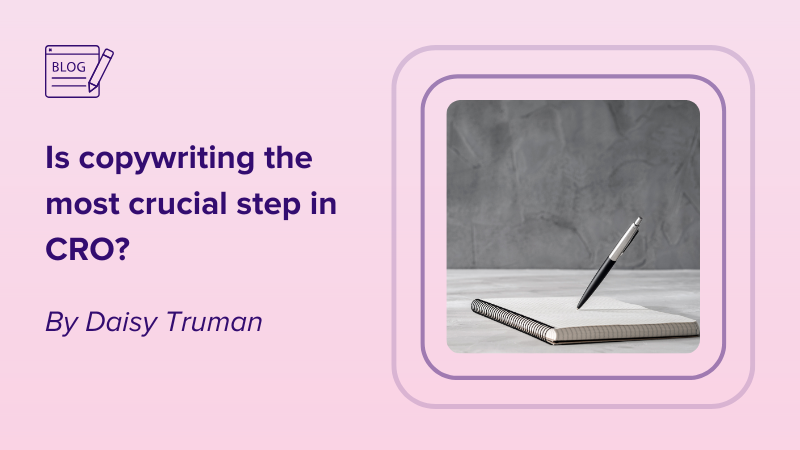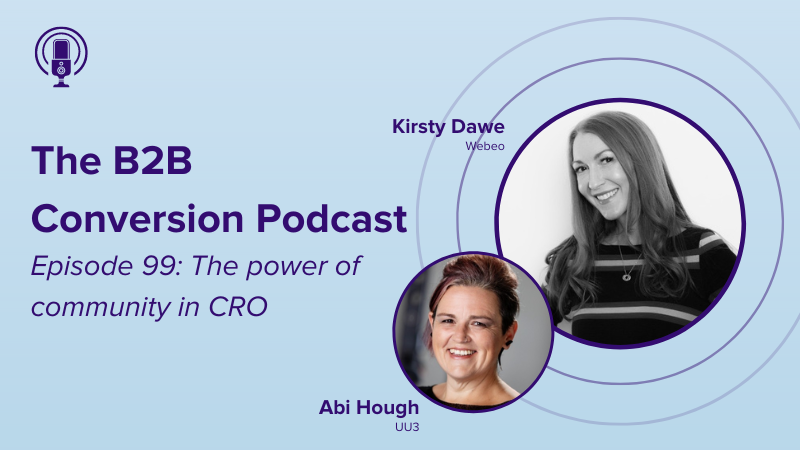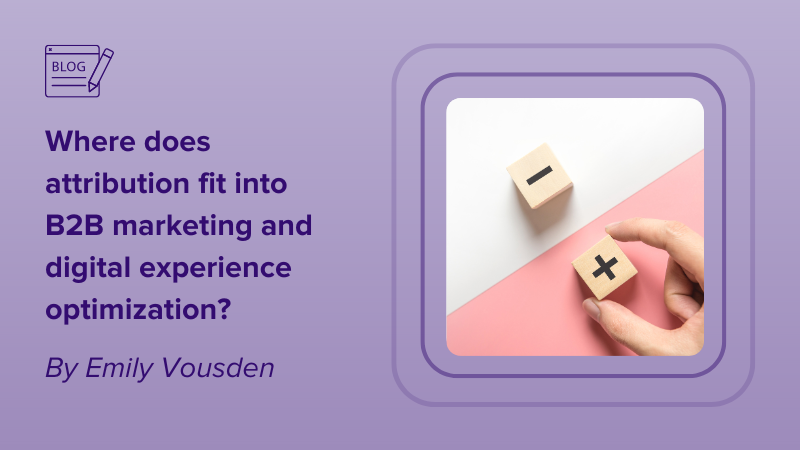We get targeted with personalized content all the time. From emails we receive with tailored products based on our search history, to the content we see on social media. This content is personalized based on the data a particular business has collected from us. Using algorithms and segmentation strategies to determine which type of content, products or services we’d most like to see. Web personalization works similarly. Rather than content in an email or on your social media feed, your personalized experience is on the business’s website. Which in reality is the online ‘shop window’ for all businesses, no matter what they do. After all, the website is where you and every other DM will go to research a new business and it’s services.
In B2C, Amazon was famously the front-runner when it came to presenting the most relevant content to their customers. Recommending products based on what they already looked at and previous purchases. This is now common on most B2C websites where we have recommended content presented to us from e-commerce websites like Etsy, to online news outlets such as CNN and subscription-based streaming services like Netflix. In B2B we’ve been a little bit slower to adopt web personalization. With a lack of technology, data, and readily available personalization examples, we’ve deemed it hard, unnecessary, or something we just don’t have time for right now.
A Hygiene Factor
In reality, web personalization in the B2B world is a hygiene factor. Our audience is accustomed to receiving personalization everywhere else, so why wouldn’t they expect that in a B2B environment? Oh, that’s right they do! Forrester Consulting states that 66% of B2B buyers expect personalized content at the buying stage. This increases to 71% once they are engaging with a business. Technology is no longer a barrier either. Gone are the days you needed to shoehorn a personalization tool designed and built for B2C into your B2B model. Webeo for example was built for B2B marketers to ensure it meets the different needs of a B2B company. Data is also readily available when it comes to who is on the website, what they are looking at, and the pain points they’re experiencing that you can help them with. Let’s delve into this a bit deeper.
Why is web personalization important?
Web personalization is crucial for creating a more engaging, relevant, and satisfying user experience. It can positively impact key metrics such as user satisfaction, engagement, conversion rates, and overall business success. Putting it simply, all decision makers are busy and time poor. Plus they don’t have the inclination to search through your B2B website to see if you provide the service they are looking for. Are experienced in working with businesses that look like them, in their sector, of a similar size to them and understand their pain points. They want you to spell it out to them, make it easy. Show them social proof that you work with their peers (and competitors) so they know you understand the ins and outs of their type of business.
The benefits of B2B web personalization include higher conversion rates across all marketing channels that lead back to the main website. More engaged prospects that interact with more pages and content on your site. And ultimately a higher return on investment from your marketing budget.
What are the challenges of web personalization?
Some perceived challenges of web personalization include content creation, data accuracy and how to segment different audiences. A specific B2B concern historically has been that web personalization tools have been built for a B2C model. Using them for a B2B audience you would need to include lots of workarounds and plugins which aren’t up to scratch or reliable enough and certainly don’t meet the needs of B2B marketers.
The great news is B2B has caught up (and overtaken in some aspects) with B2C. Technology has evolved so much now, that there are a number of pure B2B solutions when it comes to web personalization. Experienced B2B marketing leaders designed Webeo specifically for B2B companies, meticulously considering and addressing every stage and aspect of the B2B buying cycle. This includes content creation, editor requirements, ease of use, as well as incorporating multiple data sources and ensuring data accuracy.
Let’s address these other concerns one by one:
Content creation
You don’t need a whole new content strategy to create a personalized experience for your B2B prospects. Instead adapt existing content and messaging to appeal to a specific target audience. For example if you have a section of your website that caters to specific industries you work with, it’s a great opportunity to take some of the content from that page and present it to that audience on every page through their website journey, rather than rely on them searching for and finding your sector specific page.
Data accuracy
Our solution uses multiple data sources to ensure the most accurate data is available to personalize a B2B website. We have the largest B2B IP database of 1.8 billion records. This goes through rigorous data accuracy checks and enables personalized experiences to be built based on industry, business size, location and more. Plus, you can integrate your marketing automation platform (including HubSpot, Marketo, and Pardot) to build persona-based experiences. Additionally, integrate your Salesforce instance and create tailored experiences based on where prospects are in the buying cycle. A firm favorite with our clients is behavioral personalization which enables you to tailor content on your website based on what the user interacted with previously. Eat your heart out Amazon.
Segmenting audiences
If you work with a wide range of sectors or sized companies, contemplating segmenting those audiences on your website can seem daunting. The great news is you don’t have to create an individual campaign for each of these audiences. Our experienced Customer Success Managers identify the largest opportunities that can make the most impact. We look at the most popular sectors visiting your website and the pages they’re looking at to build the most engaging campaigns. Focusing on solving their pain points, providing evidence of the businesses you work with that look like them and prioritizing conversions.
What does this look like in practice?
Here are some examples of how our clients are using Webeo to drive more conversions on their website. If you’d like to see what that might look like for your business, please get in touch.
Onspring’s Homepage with personalization for the Healthcare industry
ZND’s Homepage with personalization using their Pardot Integration
Acumatica’s Homepage with personalization for returning visitors




